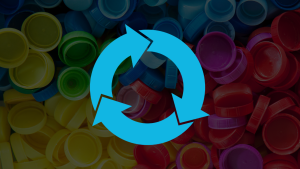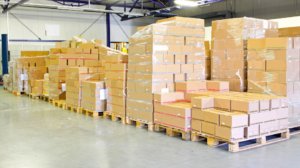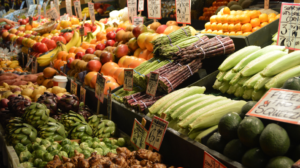Major packaging users hit 6.2% average recycled content
Some of the largest packaged goods and retail firms increased their use of recycled plastic in 2019, but they have work to do to hit 2025 targets, according to an Ellen MacArthur Foundation update.
In one notable increase, Walmart grew its recycled plastic use across product packaging lines from less than 0.5% in 2018 to 9% in 2019, representing nearly 22 million pounds of recycled plastic consumed last year.
The Ellen MacArthur Foundation recently published the 2020 progress report for companies that have signed onto the organization’s New Plastics Economy Global Commitment. This initiative lays out recycling and other sustainability criteria signatories pledge to meet.
Companies that have signed this pledge together make up more than 20% of the global plastic packaging market, according to the report.
The new publication covers changes between 2018 and 2019 for the reporting companies. It is the second annual report and represents the first opportunity to gauge progress, because the 2018 publication offered baseline figures.
According to the Ellen MacArthur Foundation, the group of signatories – which includes more than 500 businesses, governments and other organizations – showed progress in 2019, including in their usage of post-consumer resin (PCR).
“While progress varies significantly between signatories, average PCR for packaged goods and retail signatories increased by 22% year on year, collectively reaching 6.2% PCR for 2019,” according to the report.
Below are the figures reported by some of the largest packaged goods and retail companies, organized by weight of plastic packaging produced in 2019.
The Coca-Cola Co.
- PCR content: 9.7%, up from 9% in 2018.
- Target: 25% by 2025
- Plastic packaging produced in 2019: 2.98 million metric tons, up from 2.97 million the prior year
- Percentage reusable/recyclable/compostable: 99%, same as in 2018
- Additional comments from the company: “Averaged globally across our portfolio, by the end of 2019 we were using 10% recycled PET plastic in our bottles, with higher recycled content in areas with well-established collection and recycling infrastructure, as well as policies that enable the use of recycled materials in food-grade packaging. Incorporating 50% recycled materials [by 2030] will take time and changes in policy and technology, and we are working to help bring these changes about.”
PepsiCo
- PCR content: 4%, up from 3% in 2018.
- Target: 25% by 2025
- Plastic packaging produced in 2019: 2.30 million metric tons, same as in 2018
- Percentage reusable/recyclable/compostable: 79%, up from 77% 2018
- Additional comments from the company: “In Q1 2020, all Lipton beverage bottles in Belgium and the Netherlands have transitioned to 100 percent RPET. In Q2 2019, we relaunched Tropicana in Western Europe to use 50 percent RPET bottles. … In the United States, LifeWTR will transition to 100 percent RPET by the end of 2020. In Western Europe we plan to transition Tropicana to 100 percent RPET by 2025. PepsiCo will continue to advocate in key markets to improve collection and recycling capacity and to modify regulations to allow RPET to be used in food contact materials. We will continue to engage with enhanced recycling partners like Carbios and Loop to allow for a greater supply of recycled content in the future.”



